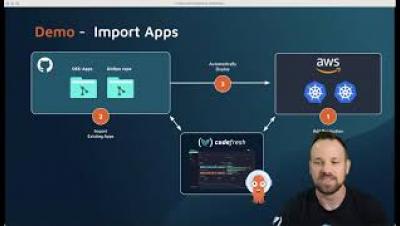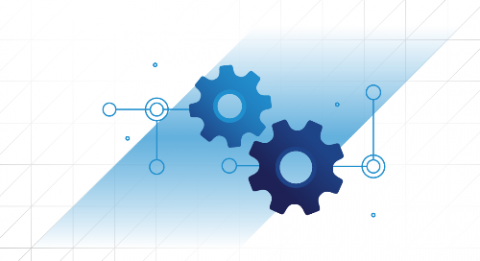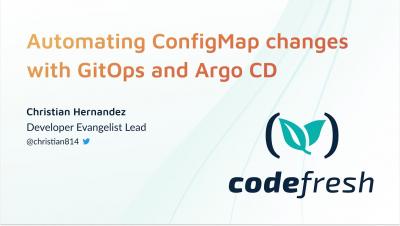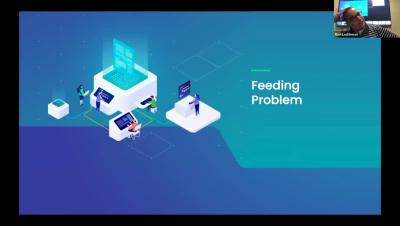Why You Should Choose Argo CD for GitOps
Many organizations that have already implemented a DevOps culture are looking to further accelerate their development process by adopting GitOps practices in their environments. There is a lot to take into consideration when planning out your GitOps strategy, and you can read more about it at this Codefresh learning center about adopting GitOps.











